In recent years there have been rumors in the industry that Apple will release a revolutionary device that incorporates VR and AR, which we can temporarily call a Mixed Reality (MR) device. Fans and technology enthusiasts seem to be very excited about this rumored new device. Some believe it will be like the first iPhone released by Steve Jobs in 2007, bringing Apple and the entire technology industry into the next era. Such views may be exciting for investors, but I am arguing that apple’s MR device probably can’t be the iPhone of the new era.
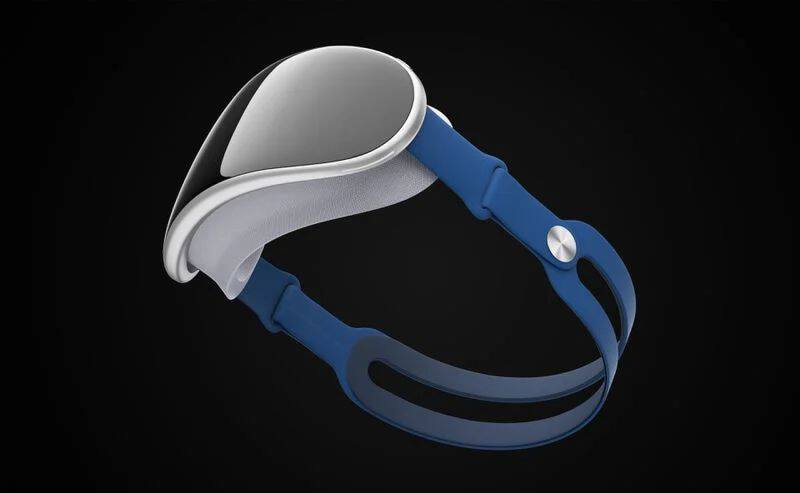
First VR device
Before we discuss the possible features of this MR device, it is worthwhile to look at the existing products. AR and VR are not concepts that have emerged in recent years. The earliest VR devices can perhaps be traced back to a head-mounted display designed by Ivan Edward Sutherland in 1968. The set is equipped not only with a head-mounted display but also with a viewpoint positioning device so that when the user changes the position of their head, the movement of the boom joint is transmitted to the computer, which updates the display accordingly.
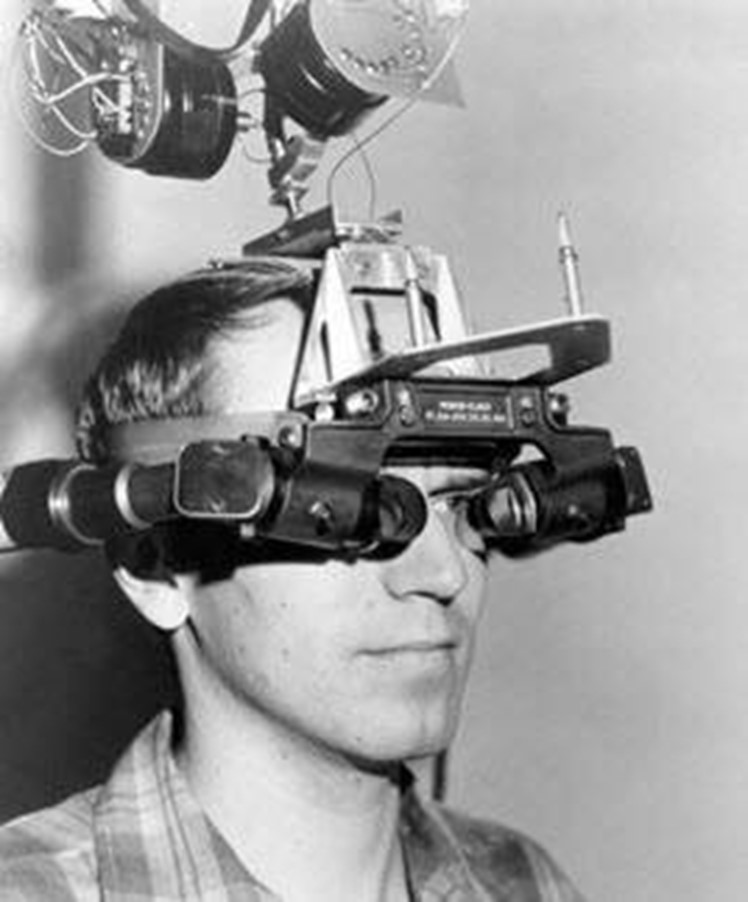
But because the weight of the display device and the sensors used to feed back the user’s perspective greatly exceeded what a normal human can handle, the inventors had to suspend the entire device from the ceiling to reduce the weight pressing on the wearer’s head. Thanks to that, this first head-mounted display therefore also won a nickname – “The Sword of Damocles“.
The device now seems very clumsy. But when you think about it, decades later, modern VR glasses have nothing more than a higher-resolution panel and a lighter structure. And compared to real human vision, these products still do not provide a fully immersive experience.
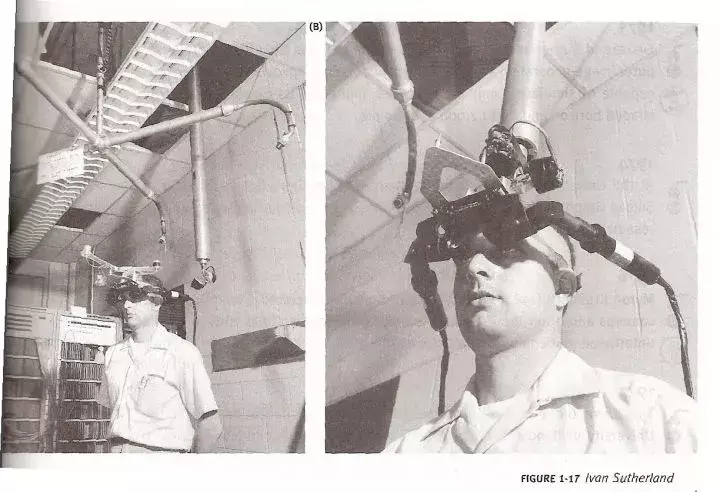
The device now seems very clumsy. But when you think about it, decades later, modern VR glasses have nothing more than a higher-resolution panel and a lighter structure. And compared to real human vision, these products still do not provide a fully immersive experience.
There is actually an irreconcilable contradiction implied here, now we assume that the world’s most advanced display panel manufacturers can produce the same display as the contact lens. Still, they cannot solve the problem of power supply and data computing.
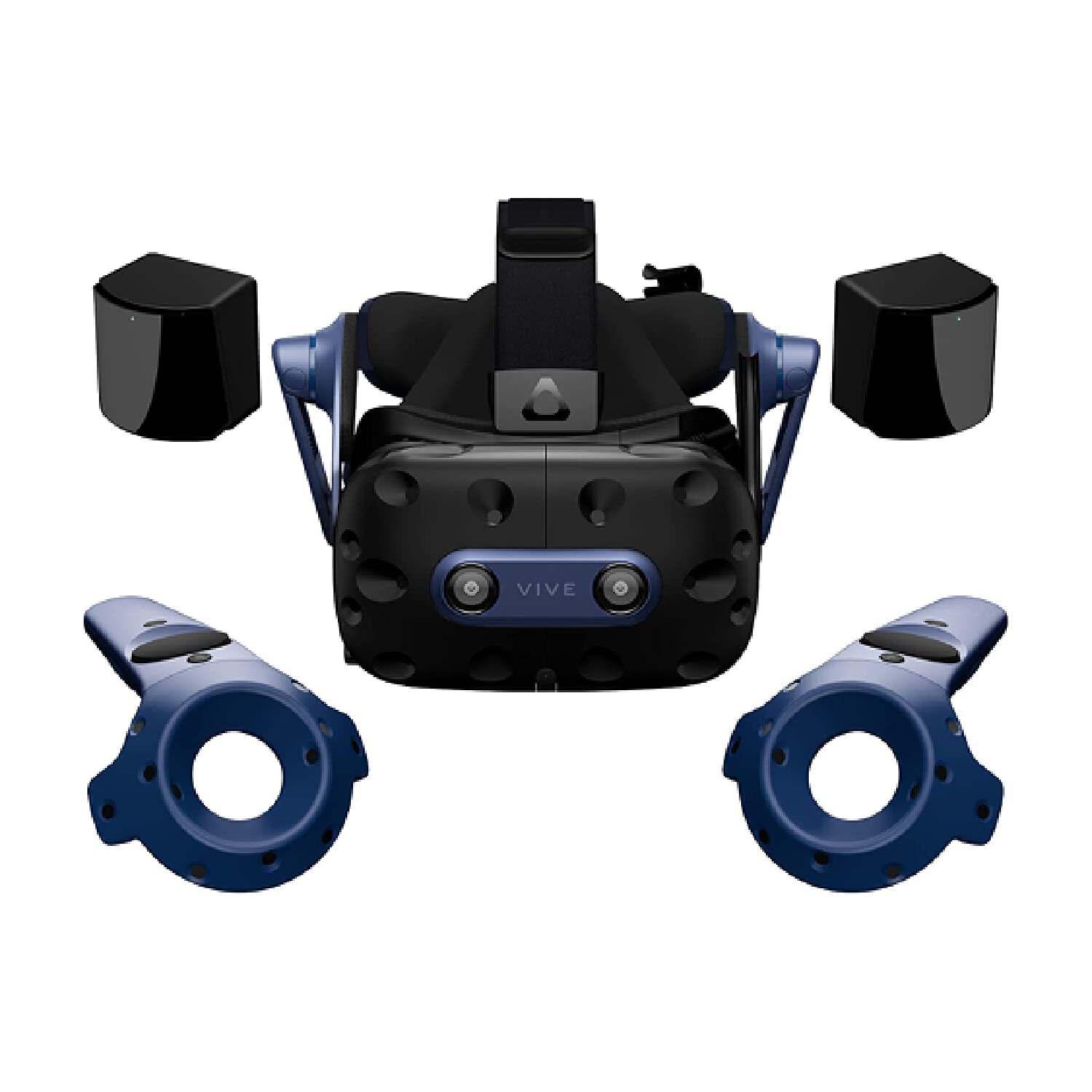

In the current market, Some brands choose to separate out the data computing part in order to make the VR glasses further lightweight. Products like the Valve Index need to rely on the PC to provide computing capability and cannot work independently at all. Consequently, they all need a high-speed data cable to ensure real-time responses. Until high-speed, stable, latency-free wireless transmission solutions are available, distributed computing will remain difficult to use at will.

Other products such as oculus quest 2, choose a more balanced solution: they put a weaker SoC on the VR glasses. This solution does bring a huge improvement to the user experience, but the low-power chip also means that the graphics it can render can never reach the PC level, let alone create a world of fiction.
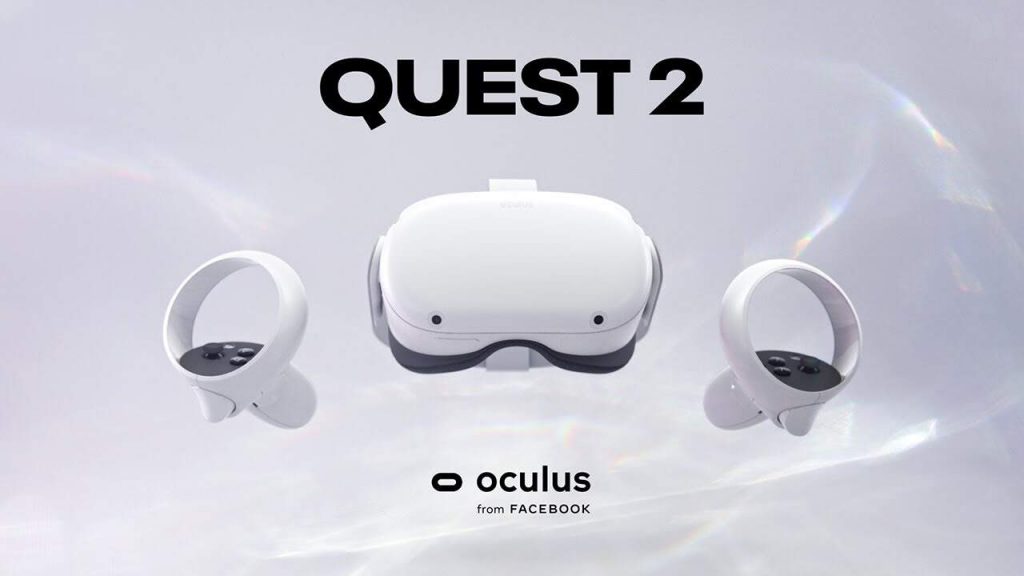
Creating a display as small as possible in front of the eyes may itself be the wrong path, because we have far underestimated the sensitivity of human senses and the difficulty of miniaturizing power supplies and computing chips with other components. Apple does have the industry’s top hardware and software development capabilities, but in VR, they probably can’t solve the current hardware problems. Based on some current rumors, I think Apple’s MR device will also be a lightweight product, and the glasses themselves may only have some co-computing capabilities, with the main computing provided by the iPhone or Mac with a wireless connection. It may have a very lightweight body and reasonable battery life, because Apple has never chosen to use some radical technology and therefore sacrifice the basic user experience.

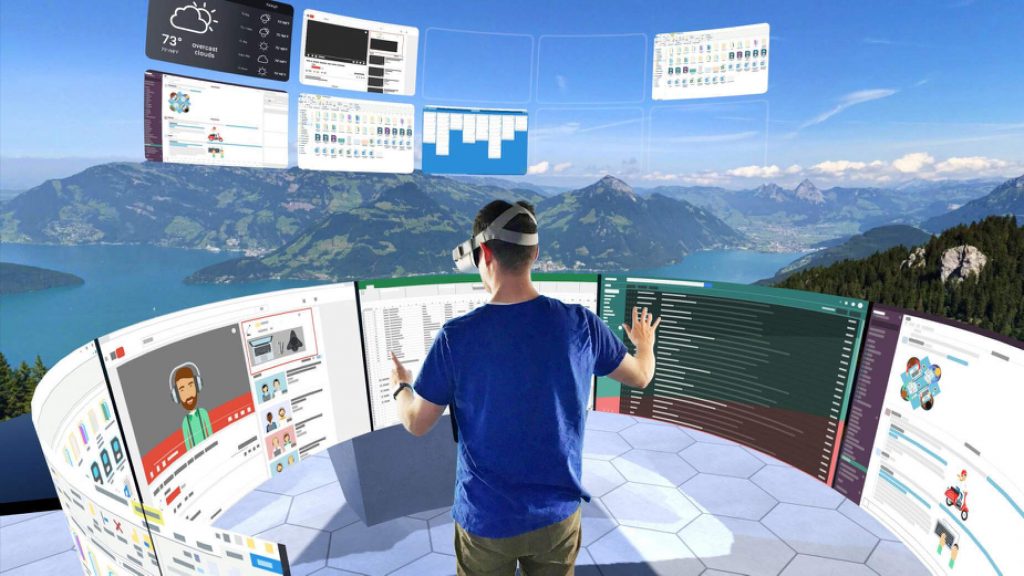
In terms of product applications, I think this MR device still can’t replace the smartphone as the major computing platform that everyone uses the most every day, Because under the current technology, predictably, even Apple cannot design comfortable all-day wear VR glasses, so they may focus on improving some of the existing applications, such as VR entertainment and VR office.
On the other hand, Apple has been focusing on building its own streaming platform in recent years, but there are still some gaps compared to Netflix and Disney. Content is crucial for streaming platforms. After Apple releases its MR devices, it may launch some panoramic movies and panoramic TV series in parallel to differentiate itself from its competitors in terms of content.
Apple’s MR device is anticipated and it may be released within the last two years, but it will definitely not be a disruptive product because head-mounted displays were probably not the right path for humans to enter the virtual world. Or it’s certain that it will never be the final key for us to step into the virtual world.
Xiaomi Wireless AR Glasses Discovery
If you are still fascinated by such VR or MR devices, Xiaomi’s new concept AR glasses – Xiaomi Wireless AR Glass Discovery Edition, may offer some new ideas. They weigh only 126 grams like traditional glasses, powered by the same chipset (Snapdragon XR2) as Meta Quest Pro, and claimed to have a retina-level display. What’s most interesting is that it claims the glasses can wirelessly connect to a phone for distributed computing. However, it may still be only an experimental product that focuses on limited scenarios, lacking widely-used applications.

What we should really look forward to are the brain-computer devices that companies like Neuralink are exploring. After all, from a neurological point of view, the closest thing to our vision is not the retina, but the nerves that connect the brain to the eyes. If we could one day really feed signals to the brain to create various virtual perceptions, we would no longer need to go to great lengths to trick the various senses. And that, perhaps, is still quite far away.




